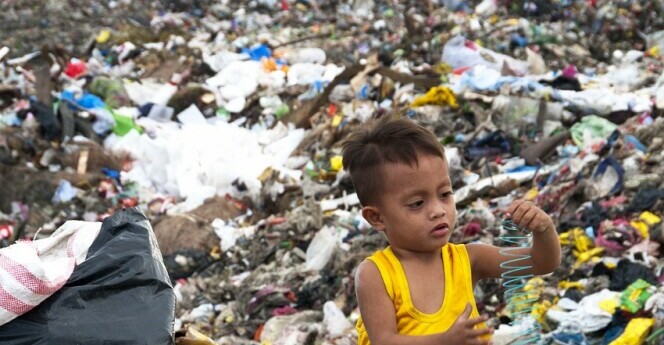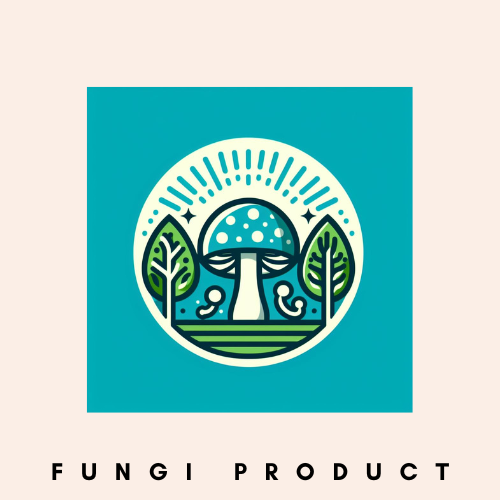We all recognize the importance of innovation in the sustainable products space.
My interest goes into fungi-based products and that isn’t accidental. It is such an intriguing fact that nature gives us mycelium – the root network of the fungi – that enables us to make products sustainable and durable for different purposes in daily life. Housing, packaging, insulation, leather and yes … food also of course. Concerns about the environmental impact of traditional materials have driven scientists and entrepreneurs to seek eco-friendly alternatives.
Fungi emerged as a surprising but promising candidate. Hurray !
The idea for harnessing fungi for product manufacturing comes from a need to tackle pressing environmental issues. In mycelium, the root-like structure of fungi, we see the potential to create materials that have less impact on our planet. The vision to develop products that support the environment rather than deplete it became obvious and clear.
Overwhelmed by the possibilities I immersed myself in this field, I discovered that packaging was the most obvious initial application. Considering the enormous amounts of packaging waste accumulating each year, mycelium-based packaging offered a sustainable and innovative solution. It could potentially replace harmful plastics and reduce waste, using a material that nature effortlessly breaks down.
Our journey in this space showcases several milestones, from the conception of the idea to the creation of usable prototypes. Those prototypes must demonstrate how fungi can be adapted in workable product design and brings a profitable large scale production possible.

It is perfect possible to make the bottle protection in wine boxes out of fungi
Let’s delve into the actual benefits of these innovative products, particularly their positive environmental impact.
Unveiling Fungi’s Superpower: The Major Benefits to Our Environment
I find it compelling how nature offers solutions that often surpass human-made alternatives,
and fungi-based products are a perfect example. These products stand out for their minimal ecological footprint. It’s their ability to be both sustainable and biodegradable that is reshaping product design.
In contrast to traditional materials that linger in landfills, fungi-based materials decompose naturally without leaving behind harmful residues. This characteristic alone positions them as
an environmental linchpin in the battle against pollution and climate change.
Furthermore, the production of fungi materials typically requires fewer resources — such as water and energy — and generates less CO2 compared to the manufacture of synthetic materials.
The advantages of fungi-based products go beyond their degradation profile. These products are often grown in controlled environments that can utilize agricultural waste, thereby reducing the need for virgin resources and diverting waste from landfills. Their cultivation also doesn’t rely on harmful pesticides or fertilizers, safeguarding soil quality and biodiversity.
Considering the impact traditional manufacturing has had on ecosystems, from deforestation to contaminating water sources, the shift towards fungi-based materials seems not just beneficial but necessary.
I’ll delve into the financial aspect next, balancing the environmental advantage with economic viability, and explore whether the costs align with the benefits for a broader adoption.
Balancing Cost and Sustainability: The Economic Perspective on Fungi-based Products
Green is nice … but when it comes to new technologies and sustainable initiatives, one of the first questions to be asked is the affordability. Is it affordable for the average person or business?
For fungi-based products, the cost implications are a crucial factor that could determine their widespread adoption. Drawing parallels with more conventional materials, we need to scrutinize not just the initial sticker price but also the long-term economic benefits and the potential for savings in waste management.
Intuitively, you might assume that natural, sustainable alternatives come with a higher price tag. However, the reality with fungi-based products is more optimistic. The nature of these materials means they can be cultivated at a relatively low cost, leveraging agricultural waste streams that are often inexpensive or even free. Moreover, the production process for myco-materials is less energy-intensive than that for many plastics, which can translate to lower costs for both manufacturers and consumers.
Progressive visions for a sustainable future often include financial incentives to transition away from ecologically harmful practices. Governments and other organizations worldwide might offer subsidies or tax breaks to companies that choose eco-friendly materials like fungi-based products. This additional support can help offset any initial investment in new production techniques, making sustainable options more financially attractive.
Stepping into the realm of policy and regulation, there’s a real possibility that certain applications of fungi-based products could become obligatory, especially where the environmental stakes are high. In industries like packaging, construction, and even automotive, where sustainability is now a prime concern, laws could one day mandate the use of materials with the least environmental impact. Imagine a near future where polystyrene packaging is replaced with mycelium-based alternatives due to strict environmental regulations.
While these products are still gaining ground, the combination of low production costs, potential government incentives, and the increasing commercial appeal of ‘green’ materials could make fungi-based products an economically viable choice sooner than many anticipate.

High time we think seriously about what future we hand over to our children
The Future is Fungi: Projecting the Proliferation and Impact of Myco-Materials
Looking ahead, the promise that fungi-based products offer is not just confined to niche markets. The versatility and sustainability of myco-materials suggest they have the potential to one day permeate every aspect of our lives – from the packaging of our food to the insulation in our houses. Their rise in popularity isn’t a matter of ‘if’ but rather ‘when’.
Consider the inevitable shift towards more stringent environmental regulations. This movement could very well set the stage for fungi-based solutions to become not just popular, but compulsory in certain industries. Especially those that are heavy polluters of single-use plastics such as packaging, food services, and beyond.
In envisioning a not-so-distant future, let’s picture a thriving market where fungi products are
as commonplace as plastic is today. This change won’t happen overnight, but it’s gaining momentum. Each sustainability milestone, each piece of legislation, and each consumer choice adds force to the trajectory that is steering society towards this mycological revolution.
The journey to widespread acceptance and use is dependent on awareness, education,
and the development of infrastructure to support the manufacture and disposal of these products. It’s a complex transition but an essential one.
I see fungi-based products eventually becoming a daily staple, enjoyed for their environmental benefits as much as for their utilitarian function.
In summary, the potential for fungi-based products to replace plastics and overhaul our approach to materials is more than a possibility – it’s a burgeoning reality. With continued innovation, investment, and consumer awareness, I anticipate we’ll witness this transformation unfold in the years to come – potentially forging a new era of environmental stewardship and material science.

André Raymond
